On May 24th of this year, Mayor Skylar Peak and council members Rick Mullen and Jefferson Wagner, in a never-to-have-been-anticipated action, opened the door to adding a “Neighborhood Character” component to review of homes that require a site plan review (for height over 18 feet) or a minor modification (for reduced setbacks). After a few months of what appeared to be a whole hearted embrace by the planning commission of this ad-hoc policy, and the resultant rumblings throughout Malibu (on both sides of the issue), the City Council heard from both the planning staff and the general public (if you consider real estate agents, developers, planning commissioners and architects “the general public”) at the August 28th council meeting. A good time was had by all.
The planning staffs’ report was short and sweet. In a nutshell, they recommended that Neighborhood Character become the “policy whose name shall never be mentioned again”. However, the need to remain detached and non biased compelled them to offer possible scenarios on how this analysis could be applied, but the reality is that, as the most beleaguered branch of our local government, the last thing they want is yet another controversial planning policy to write, apply and interpret.
The position against a neighborhood character policy was championed by Malibu residents who have done very well in the local land game. The team was led by architect Doug Burdge, real estate agent Chris Cortazzo (who noted that this was the first time in 25 years that he has felt strongly enough about an issue to speak at a council meeting), and long time property rights advocate Don Schmitz. Arguments for scrapping the fledgling analysis went as follows:
1. It has never been applied in the 25 year history of Malibu (true). 2. The existing review process is all ready punitively costly and time consuming (true). 3. It will destroy property values in Malibu (unproven, and definitely not in all cases). 4. It would be expensive and confusing and literally impossible to implement in a logical, reliable manner (true). 5. It will drive appraisals down, making it impossible to refinance one’s property (perhaps, but only if the appraiser took into account the value of a future buildout of the residence. Do they?). 6. It unfairly punishes the old Malibu homeowners who now want to cash in on their $35,000.00 investment made 50 years ago (none of those oldtimers, or their future heirs, spoke).
Burdge pushed the point home that no matter what the council did that night, the projects that were all ready in the review pipeline should be exempt. Cortazzo’s tone was strongly cautionary. He stopped short of saying “watch your backs”, but did say that he had his finger on the pulse of the community and that people were very angry with the council over their recent actions on this subject.
The pro-Neighborhood Character position was perhaps best articulated by the three planning commissioners who chose to speak on the matter. John Mazza cited a recent 10,000 square foot home approved by the commission that sat between a smaller home and a larger home, ostensibly proving that the commission would be even handed.
Steve Uhring said that the neighborhood character review component would compel both commissioners and planning staff to look more closely at a project up for review, citing an instance of an egregious oversite in a staff report on a recent lot tie project, and alluding to several other less-than-stellar staff reports.
Chris Marx laid out a discourse on “outlier” projects with the conclusion that large homes in small home neighborhoods do, in fact, adversely impact those neighborhoods.
The council was fairly direct in their deliberations. Lou La Monte was vociferously against the policy (prompting a “But how do you really feel, Lou?” from Rick Mullen). Laura Rosenthal appeared to feel the same as Lou, but tried to appear circumspect. However, when she thought about the potential reduction in property values, and the impact that might have on the funds for the proposed breakaway Malibu School District, she clearly came down on the side of getting rid of the fledgling policy. Rick Mullen was strongly in favor of the policy. Zuma Jay seemed to be leaning toward Mullen, but was more couched in his comments.
So again, the fate of an agenda item came down to Malibu’s swing vote, Mayor Skylar Peak. It was perhaps fitting that the council member who popped the cork and let the genie out of the bottle three months ago would now determine that genie’s fate.
Or not. This was one of those council items where a lot of ideas were wrapped up quickly, with the city attorney feeling the need to step in, use words like “parliamentary procedure”, “friendly amendment” and the like, and guide this event to a conclusion.
In the end, at Peak’s behest, the council directed staff to come back by the end of the year with an analysis of the degree to which proposed new homes and additions are “maxing out” their allowable square footage. Mullens’ attempt to tack on an additional directive of writing a real neighborhood character policy “just in case” was quickly quashed. The council was running 3-1-1 for putting the genie back in the bottle. But they couldn’t quite get there.
This left Peak’s pronouncement that, “The rules are the rules. Until they aren’t the rules anymore” subject to interpretation. Morning after queries to the planning director and councilwoman Rosenthal yielded two different perspectives, which basically means the planning staff will do whatever they want until told otherwise.
So, for the time being, projects requiring a site plan review and/or a minor modification are left to twist in the winds of capricious neighbors, planners, commissioners and council members. The smart money applicants will be designing projects with the knowledge of the average house size within a 500 foot radius of their project, knowing where their project lies on the spectrum.
They may not end up needing it, but smart money always hedges the bet.

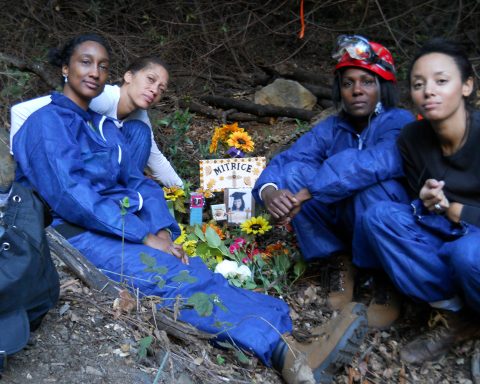
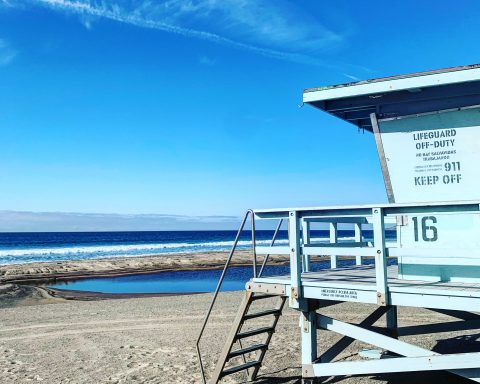

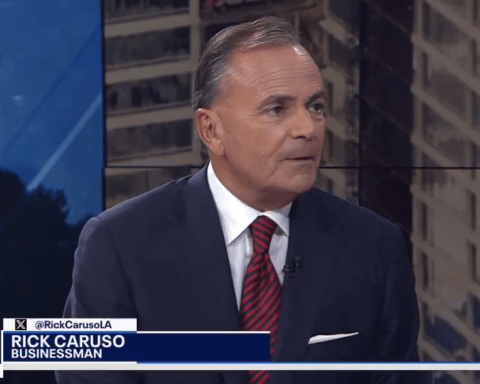
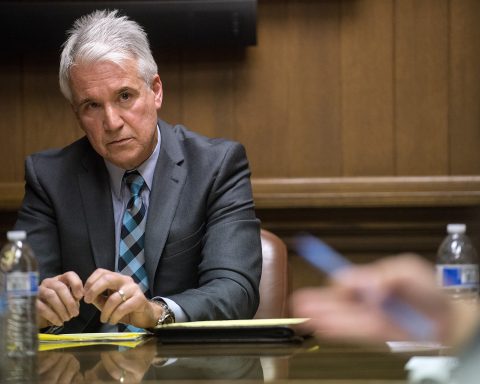
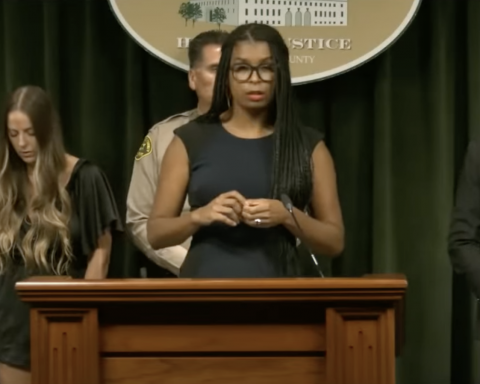
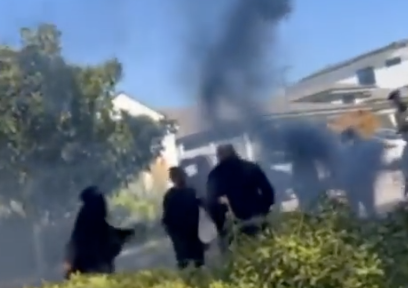

Follow Us